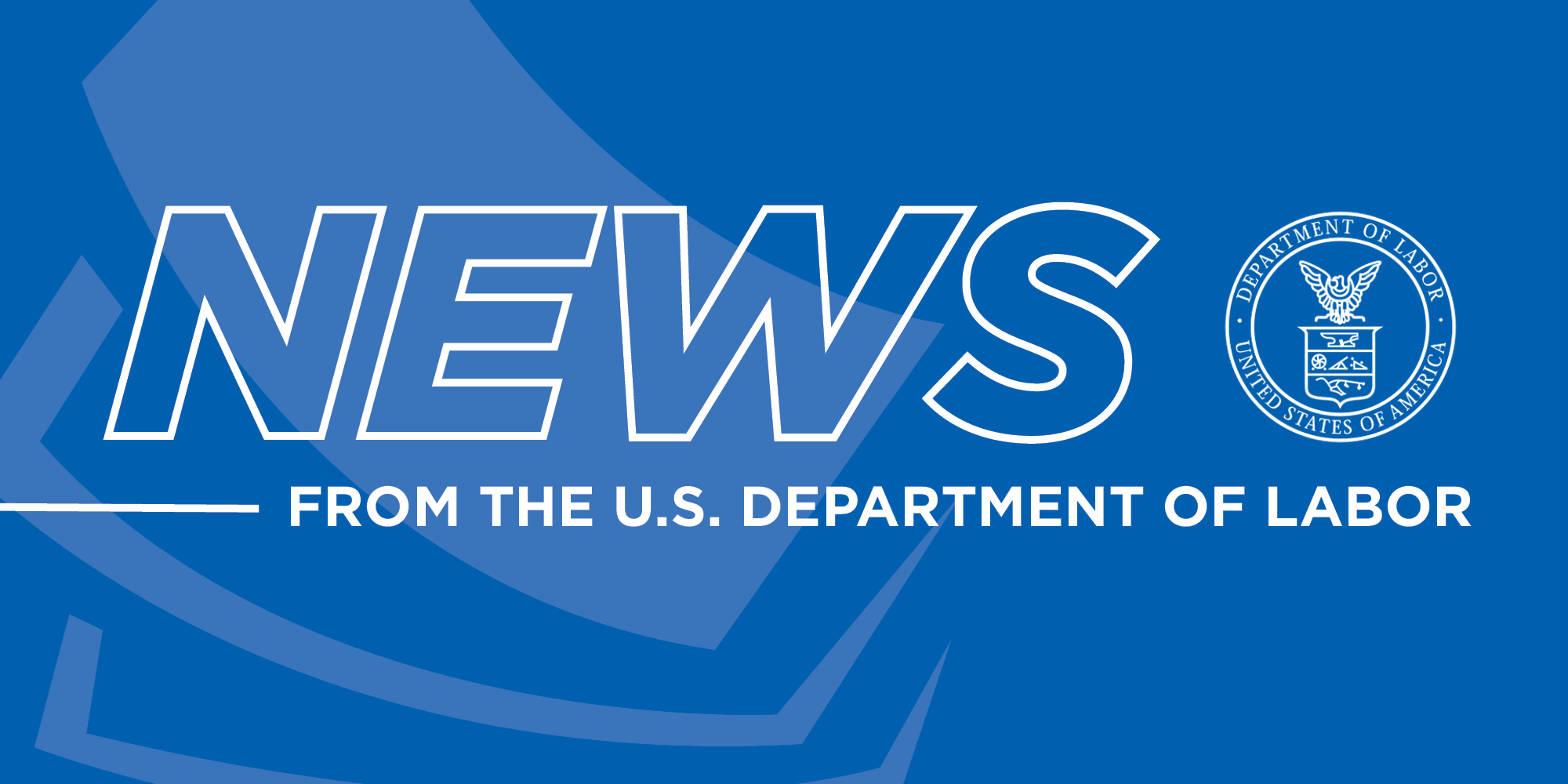Source: Orbis BankFocus and Global Findex.
.
Greater financial inclusion of women also helps to improve household well-being and economic resilience. As Esther Duflo (2012) has shown, women tend to invest more in less risky and more socially beneficial activities such as social protection and child rearing. Gender equality in financial inclusion is thus a lever that facilitates the achievement of eight of the 17 Sustainable Development Goals proposed by the United Nations.
What levers can be used to reduce the dual financial and digital divide?
Cross-cutting policies to fight poverty and promote human development help to address the inequalities that account for a large part of the gender gap in access to both digital tools and financial services. In SSA, the promotion of financial inclusion requires the reduction of numerous barriers to entry that are independent of gender, such as the cost of formal financial services or the persistence of significant information asymmetries.
Establishing an appropriate legal framework is a critical entry point to overcoming women’s lack of financial inclusion. Depending on the country, this may involve removing laws that prevent women from opening a bank account without their husband’s consent (still the case in six SSA countries in 2021), or laws to eliminate discrimination in access to banking services.
Recent international recommendations have highlighted the need, as part of national or regional strategies, to promote digital financial inclusion for women. The G7 Partnership for Women’s Digital Financial inclusion in Africa for example, has resulted in four multilateral initiatives covering a broad thematic area with a priority in Africa: digital identification, interoperability of payment systems, regulation, gender-based research on the impact of digital identification and payments in Africa.
Women’s digital financial inclusion raises significant issues for the financial sector. The first issue is the adoption of statistical monitoring, procedures and practices that encourage women’s access to and use of financial services. The second is the possibility, still not widespread in SSA, of adapting financial services to women’s constraints and financial needs, for example through guarantee mechanisms that encourage female entrepreneurship. The last issue concerns microfinance institutions, the historical vector of women’s financial inclusion, for which digitalisation entails excessively high costs in relation to their size and requires reconciling the automation of procedures with the human solidarity that underpins their effectiveness.
This blog is also available in the Banque de France “Eco Notepad” website in French an English.




